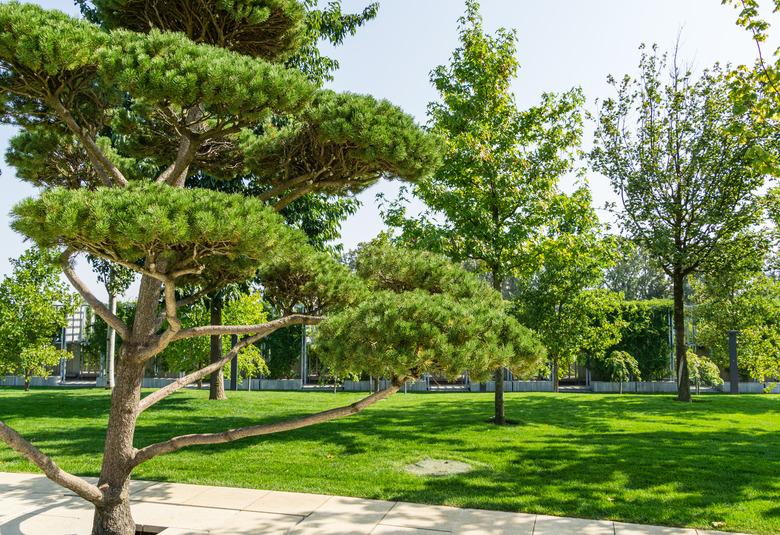My Mugo Pine Tips Are Turning Brown
Mugo pines (Pinus mugo) are evergreen trees that are especially hardy and easy to grow, except when mugo pine tips are turning brown. Described as tough and rugged by some experts, they are hardy in USDA plant hardiness zones 2 through 8. The branches of these plants have been compared to candles, as they grow upward with very fragrant needles. Like other trees and shrubs, it's important to know how to help them thrive.
About Mugo Pines
These mounded pines can grow up to 20 feet tall and 30 feet wide, and they make for lovely hedges. They also aid with erosion control and have little brown cones that attract birds and other wildlife. Mugos should be planted in a place with full sun (some afternoon shade is fine), and they should be given enough room to grow up and out.
There are several cultivars of mugo pines, including Gnome. This is the smallest type, and it only grows up to 1.5 feet and out to 3 feet. Enci is a flat-topped mugo pine that can become very round and dense; it grows up to 3 feet. Little mugo pine (Pinus mugo var. pumilio) is taller than the Gnome and Enci cultivars, but it's a shorter variety of the species plant, growing 4 to 6 feet tall with a slightly wider spread.
Mugo pines are an excellent choice for creating privacy barriers, and they also work well for dividing sections in a garden. They are native to European mountain regions, like the Alps, and they love high elevations and cool temperatures. They don't thrive in hotter environments.
Mugo Pine Health Problems
If a mugo pine's branches are starting to turn brown at the ends, it could be due to edema, which can occur if there is a lot of standing water in the soil. This can kill the tree's roots, which causes branch decline starting at the tips. An irrigation system may help with this if it is properly installed.
Mugo pines can also contract fungal diseases that cause the branches and needle tips to turn a reddish-brown, making them look rusted. Two of these fungal disease are sphaeropsis tip blight and dothistroma needle blight. Sphaeropsis makes the branches brown at the ends, and it can also cause cankers to grow on the branches. Dothistroma usually starts at the lower parts of the tree.
Mugo pines can also be infested by the pine sawfly, pine needle scale, spruce mites and pine spittle bugs. Bark beetles also like mugo pines, and they leave small boring holes up and down the trunks. Other signs of insect infestation include white or brown scales on the needles, yellowed needles and even tree death.
Treating Fungal Diseases
Fungicide sprays can be used to help prevent and control sphaeropsis tip blight and dothistroma needle blight. They can first be applied between May and June, when the new needles are about half grown. A second coat can be applied approximately three weeks after that.
You can use an insecticidal soap to treat insects, as this is less invasive and better for the environment than many synthetic chemicals. If this more conservative method does not solve the problem, a chemical pesticide may be needed. Mugo pines are usually low maintenance, though, so these diseases and infestations are less common than with other outdoor trees.
